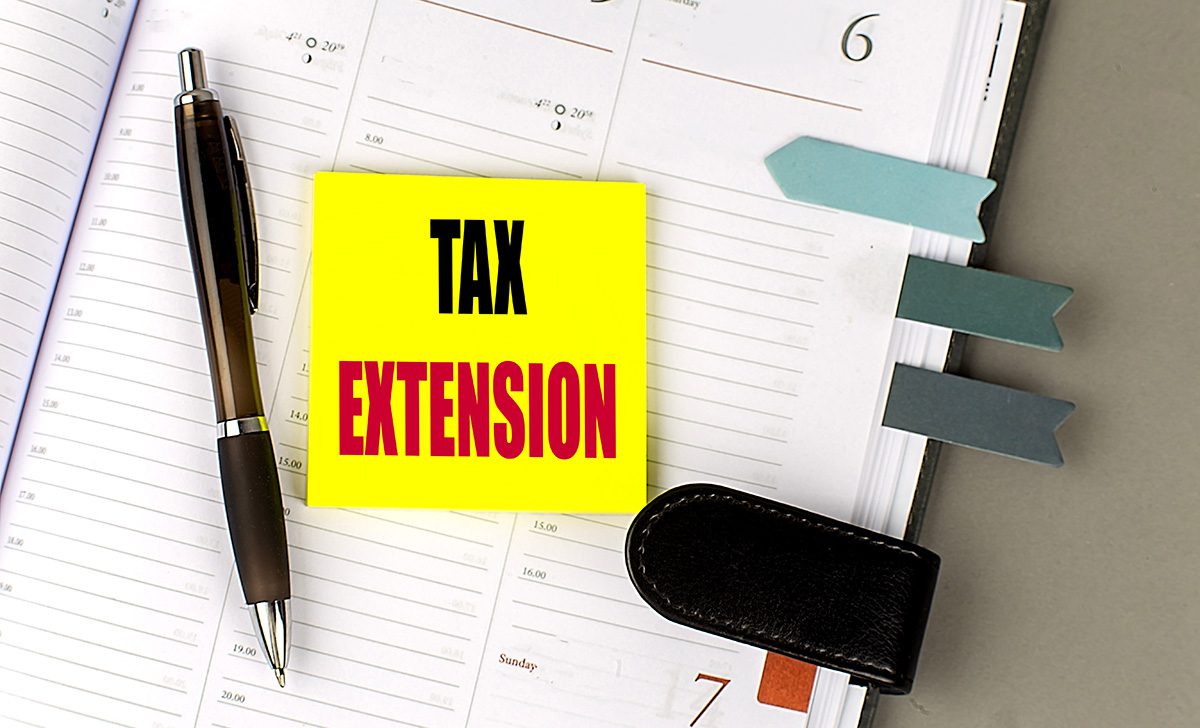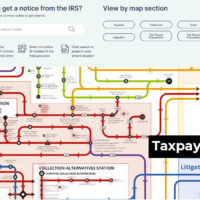
Many taxpayers scramble to gather documents and finalize their returns as the tax filing deadline approaches. This period can be particularly hectic for tax professionals as clients seek last-minute assistance. One valuable tool in your arsenal is the tax extension. Understanding how to effectively utilize and communicate the benefits of tax extensions can help alleviate stress for you and your clients.
What is a Tax Extension?
A tax extension is a formal request to the IRS for additional time to file a tax return. It does not extend the time to pay any taxes owed but grants an extra six months to complete and submit the return. For most individual taxpayers, this means the filing deadline moves from April 15 to October 15.
How to File for an Extension
Filing for a tax extension is straightforward. Individual taxpayers can use IRS Form 4868, Application for Automatic Extension of Time to File U.S. Individual Income Tax Return. This form can be submitted electronically or by mail. For businesses, Form 7004, Application for Automatic Extension of Time To File Certain Business Income Tax, Information, and Other Returns, requests an extension for various business tax returns.
It’s important to remind clients that while the extension grants more time to file, any taxes owed are still due by the original filing deadline. Failure to pay the estimated tax liability by April 15 can result in interest and penalties.
Benefits of Filing an Extension
- Avoiding Late Filing Penalties: One of the primary benefits of filing an extension is avoiding the late filing penalty, which can be substantial. The penalty for failing to file on time is typically 5% of the unpaid taxes for each month the return is late, up to a maximum of 25%.
- More Time for Accuracy: An extension provides additional time to ensure that all information is accurate and complete. This can be particularly beneficial for clients with complex financial situations or those waiting on important documents, such as Schedules K-1 from partnerships or S corporations.
- Reduced Stress: The extra time can help reduce the stress and pressure associated with the tax filing deadline. This can lead to better decision-making and a more thorough return review.
- Opportunity for Tax Planning: The extended period allows for more strategic tax planning. Tax professionals can use this time to explore additional deductions, credits, and tax-saving opportunities that may have been overlooked in the rush to meet the April deadline.
- More time for filing superseding tax returns: Although the IRS generally accepts amended returns, it does so at its discretion. It accepts a superseding tax return as a replacement of the original, provided it is received before the filing deadline, including extensions.
Disadvantages of Filing an Extension
Although there are important advantages to filing extensions, there are some aspects that tax practitioners should consider. Because tax liability must be accurately estimated, practitioners must undertake some work on the tax return before the due date, even if the return is extended. They must also calculate estimated tax payments that the client must make for the next tax year, as the first estimated tax payment is due on the filing deadline for the previous year.
Nevertheless, extensions are generally a practical way of reducing the work that must be undertaken before the tax return due date. Practitioners may consider charging an additional fee for extended returns when clients bring them information late in the filing season.
Communicating with Clients
Effective communication with clients about the benefits and requirements of filing an extension is crucial. Here are some tips for discussing extensions with your clients:
- Proactive Outreach: Contact clients before the filing deadline to discuss their readiness and the potential need for an extension. This proactive approach can help identify clients who may benefit from additional time. Sticking to a policy of extending every return after a specific date helps clients realize the value of their tax practitioners’ time. Practitioners may consider adding relevant language to their engagement letter, subject to their legal advisers’ input.
- Clear Explanation: Ensure clients understand that an extension to file is not an extension to pay. Emphasize the importance of paying any estimated taxes owed by the original deadline to avoid penalties and interest.
- Provide Guidance: Offer clear instructions on how to file for an extension, including the necessary forms and deadlines. For clients who prefer a hands-off approach, offer to handle the extension filing on their behalf.
- Follow-Up: After filing an extension, schedule follow-up meetings or check-ins to ensure clients can complete their returns by the extended deadline. This ongoing communication can help prevent last-minute rushes in October.
Conclusion
Tax extensions are a valuable tool for both tax professionals and their clients. By understanding the process and benefits, you can help your clients navigate the complexities of tax season with greater ease and confidence. Clear communication and proactive planning are key to a successful extension strategy. As the April 15 deadline approaches, consider how extensions can play a role in your practice and provide your clients with the support they need.
Co-authored with Microsoft Copilot and edited by John W. Richmann, EA, MBA,
Tax Materials Specialist, U. of I. Tax School

Join 2,300 of your colleagues and get notified when a new blog post is added.



